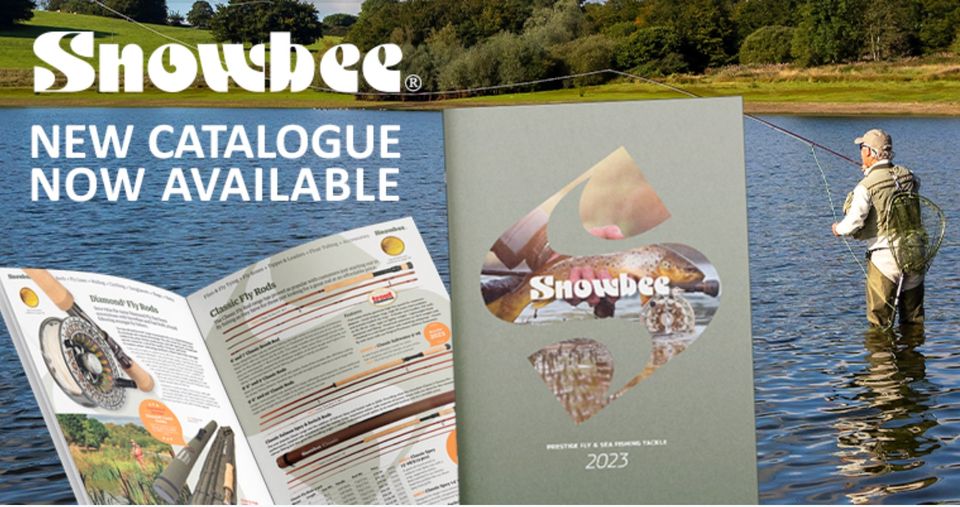South West Lakes Trout Fisheries Report
July 2023
The weather broke at the end of June, with cooler, wetter, and far more mixed weather conditions in July, although the water temperatures remained high, and fish generally kept to the deeper water and were reluctant to rise to feed.
Fishing
Kennick – The water level continued to fall gradually, down to 89% capacity by the end of the month. In spite of plenty of surface insect activity – buzzer hatches and damsels on the surface, generally the fish stayed in the deeper water, and intermediate or sinking lines fished with lures (Nomads, Tadpoles, Boobies and Cats Whiskers) accounted for most catches, although nymphs (Damsels, Diawl Bachs, and small Buzzers) fished on floating or intermediate lines did catch the odd fish. Anglers averaged 1.5 fish per rod, although this did improve to two fish by the end of the month. Apart from the central deeper water fished by the boats, bank anglers managed to pick up fish at Bracken Point, Laployd Bank, Clampitts Bay, Oak Tree Point, and Boat Bank. John Shore (from Totnes) caught seven rainbows to 3lb, fishing from a boat, using a Black Fritz Nomad and a Blue Flash Damsel on a sinking line and short leader. Simon Vowles and Andy Sterrick enjoyed a good day’s boat fishing from a drifting boat using fast sinking lines with teams of flies (Booby on the point and Diawl Bachs on the droppers), catching eight fish between 2lb and 3lb 3oz, while Graham Roberts (from Totnes) caught four fish to 3lb while fishing from a boat.
The annual Peninsula Classic bank competition was held at the end of June – conditions were hard, and while fish could be seen cruising in the shallows, they were not eager to take the fly. Alex Venn caught three rainbows (bag weight 6lb 8oz) to win the competition, with Darren Penfold runner-up, and Dave Perks third.
Siblyback – Challenging conditions meant that anglers only averaged 1 fish per rod, with Stocky Bay, Two Meadows, and West Bank proving to be the best locations. A variety of dry patterns (Hoppers, Mayflies, and Suspender emergers) tempted fish to the surface, although, in the main, sub-surface nymphs (Buzzers and Montanas) and lures (Minky, Olive Blob, Pink GH Blob, and Boobies) fished on an intermediate line proved to be more successful.
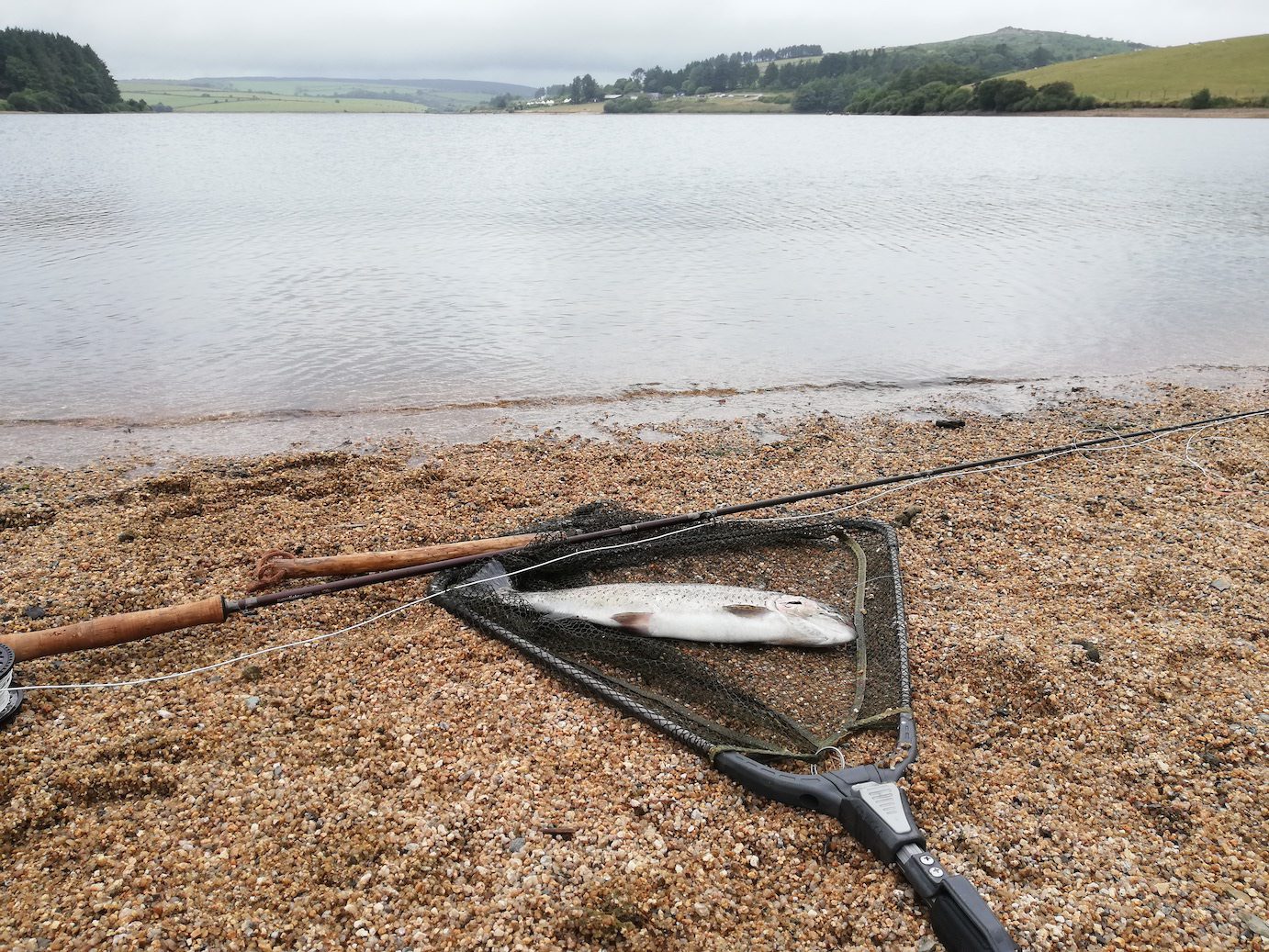
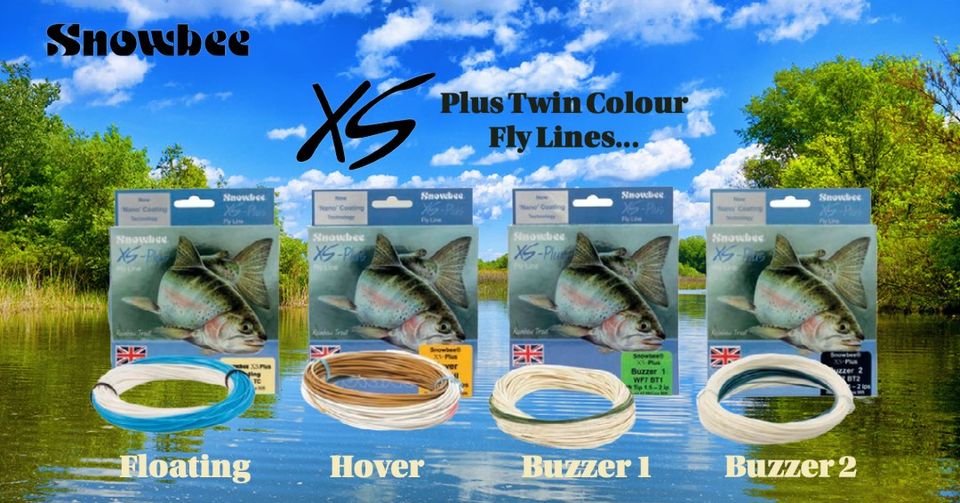
Burrator – Anglers struggled with the summer conditions, barely averaging a fish per rod, with the best sport at Pig Trough, Longstone Point, and Bennetts Lawn. Again, as the month progressed, the fishing improved, with anglers averaging 2.5 fish per rod by the end. A slow, deep retrieve on a variety of lines proved to be the most successful, with catching flies including Buzzers, Damsels, Hares Ears, and Bibios, with Orange Blobs picking up deeper fish, and a dry Sedgehog tempting a few fish to the surface. Patrick Murphy (from Plymouth) caught a beautifully conditioned wild brown trout of 1lb 4oz fishing in the early evening.
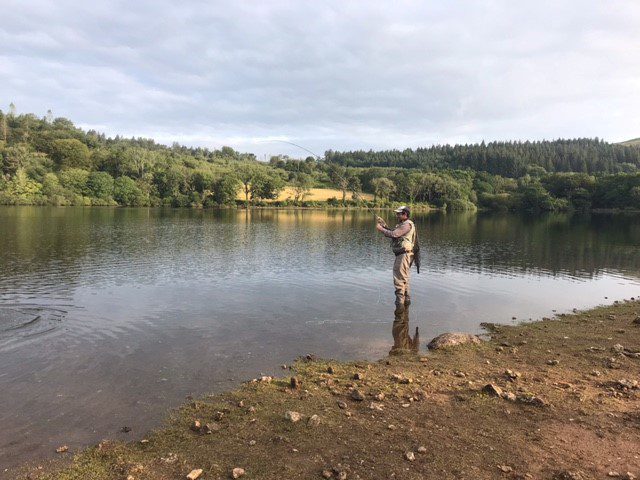
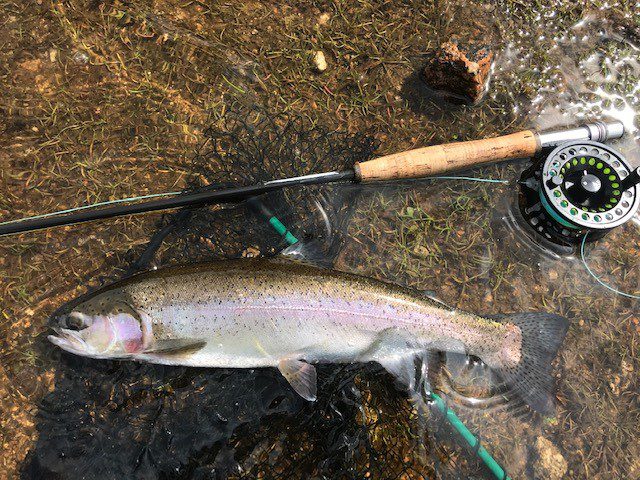
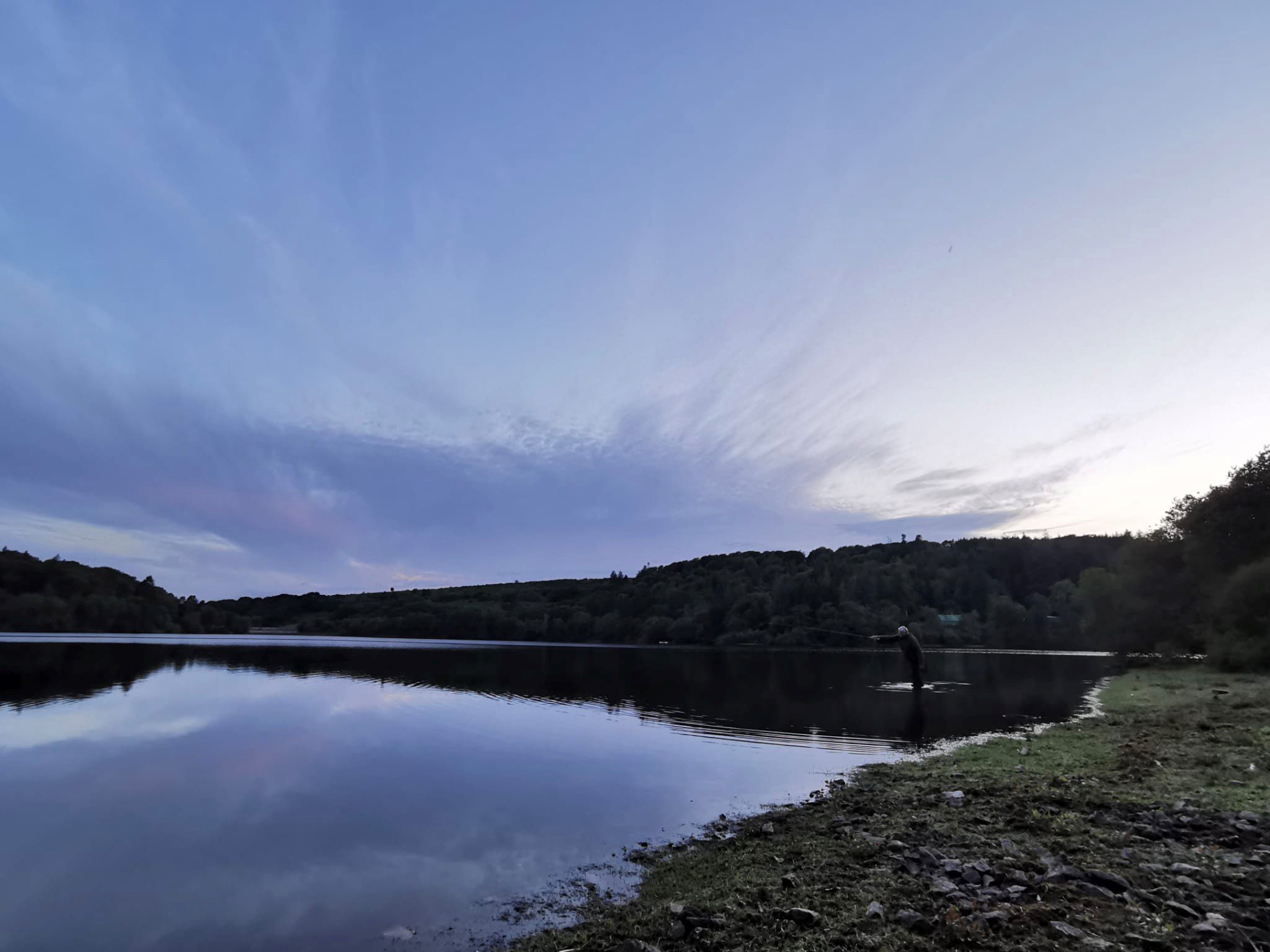
Stithians – The fishing really picked up at Stithians in July, with anglers averaging 4.9 fish per rod, mainly on floating lines and a slow retrieve. Fish were well spread out around the banks, with most locations producing fish. Fish were eager to feed off the surface, and there were a number of successful dry patterns (including Olive Hoppers, Beetles, and Black Deerhair Emergers) as well as subsurface nymphs (Damsel Nymphs, Brown Spiders, Black and Peacock Spiders, and Montanas).
Fernworthy – The warm, blustery, mixed weather conditions made for tougher fishing at Fernworthy, and anglers had to pick their days carefully. Rod averages increased to two fish per rod toward the end of the month. Fish could be tempted to the surface however, with most fish being caught on dry patterns (Black Gnat, Dry Sedge, Elk Hair Emerger, Klinkhammer, and Shipman’s Buzzer). Lowton Bay, the bank below the permit hut, and Thornworthy proved to be the locations producing the best sport. Richard Lane (from Westbury) caught five browns to 13” while fishing dries to an evening rise to a hatch of small black midges.
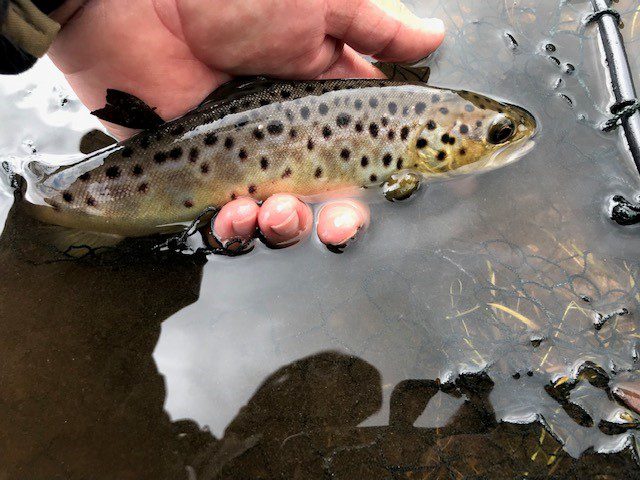
Colliford – In spite of low levels (currently 58%), this lake continues to fish superbly with plenty of surface activity and dry fly action. Anglers averaged 3.8 fish per rod, which rose to ten fish per angler toward the end of the month, with East Bank, Lords Waste, Stuffle, Browngelly Bay, and West Bank all fishing well. Successful dry patterns included Black Hoppers, Foam Beetles, Sedgehogs, Hawthorns, Black Sedges, and Black Bits, while sub-surface feeding fish were taken on Montanas, Mini Muddlers, and Black Spiders. Daniel Gilbert caught the best fish of the season so far – a beautiful brown trout of 45cm as part of a bag of nine fish caught on Soldier Palmers, Hawthorns, and Black and Peacocks. Nick Odle (from Looe) caught fourteen browns to 1lb3oz on a Bibio and Muddlers fished on a floating line. Simon Peters (from Cusgarne) caught fifteen browns to 1lb using a drowned Daddy on a floating line, before switching to a team of three – Hares Ear on the point, Black Pennel and Pink Wickhams on the droppers.
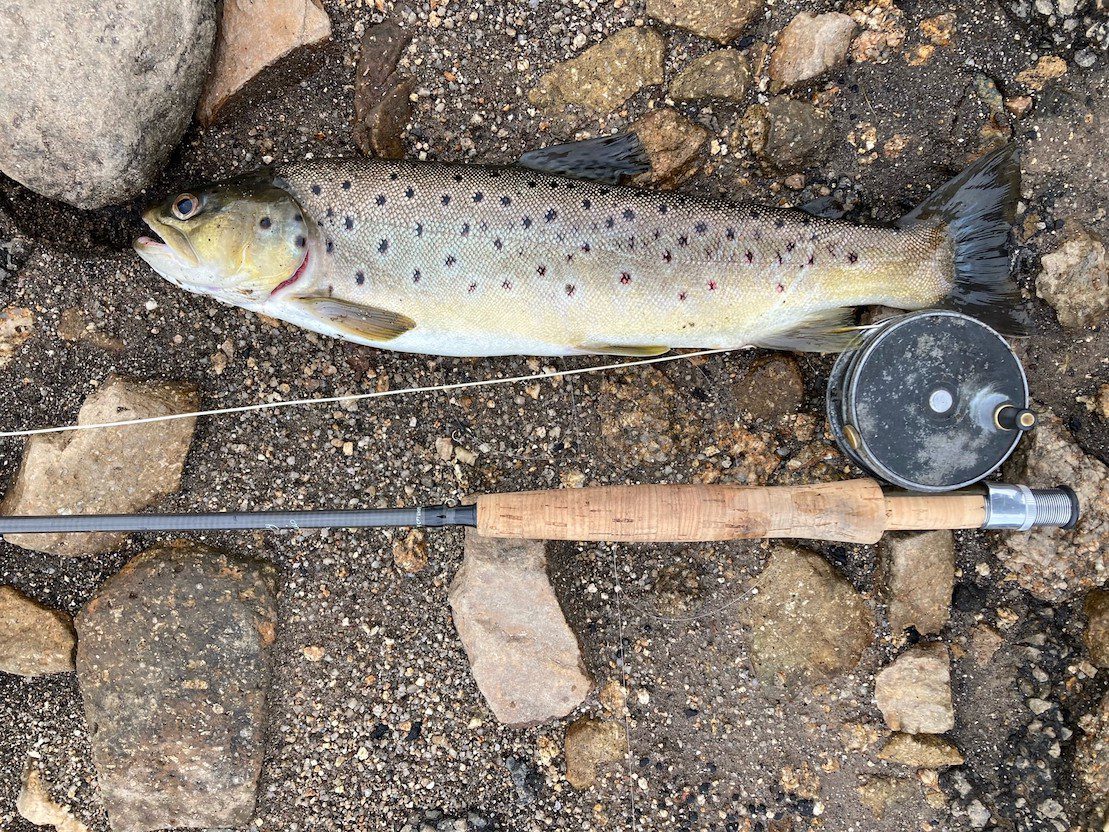
Roadford – Now down to 65% full, the fishing continues to be challenging, with anglers struggling to average a fish per rod. The main sport has been by the dam, with fishing coming to the surface to take a beetle.


